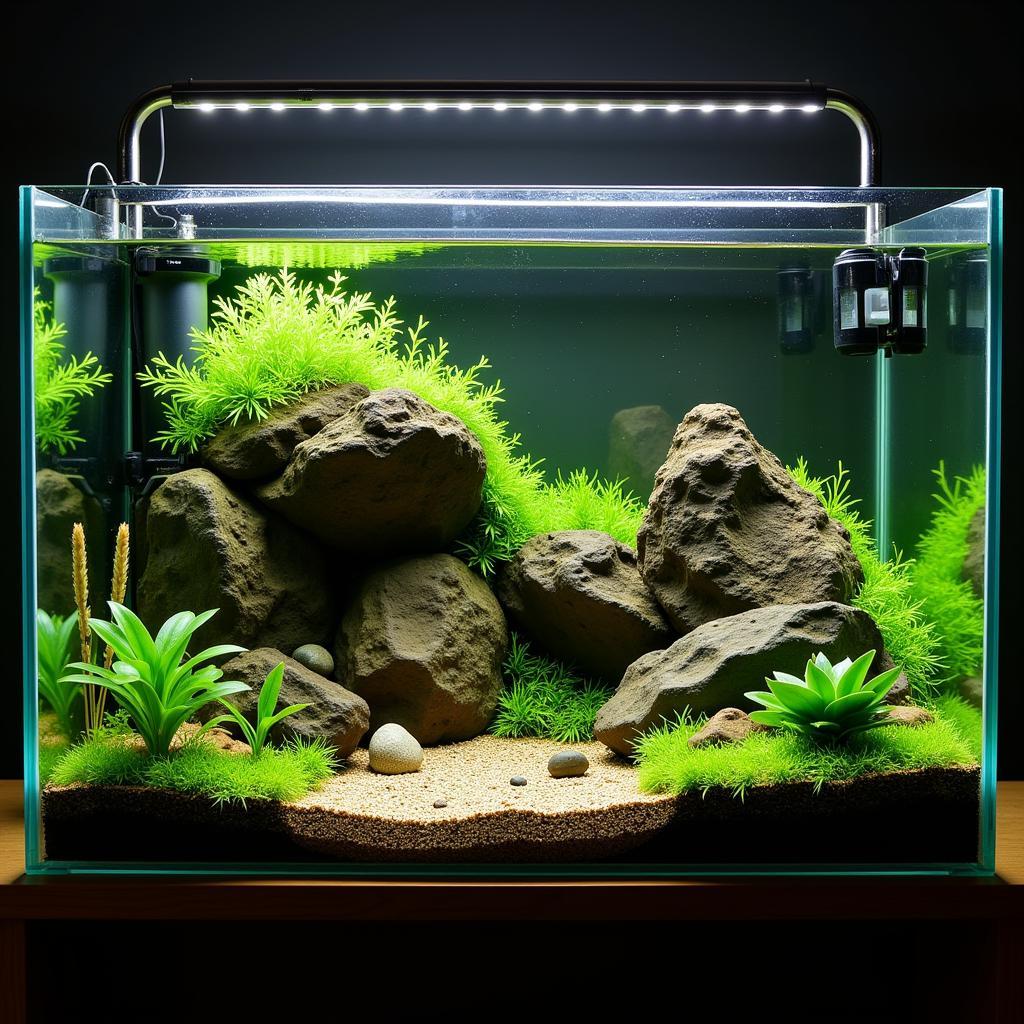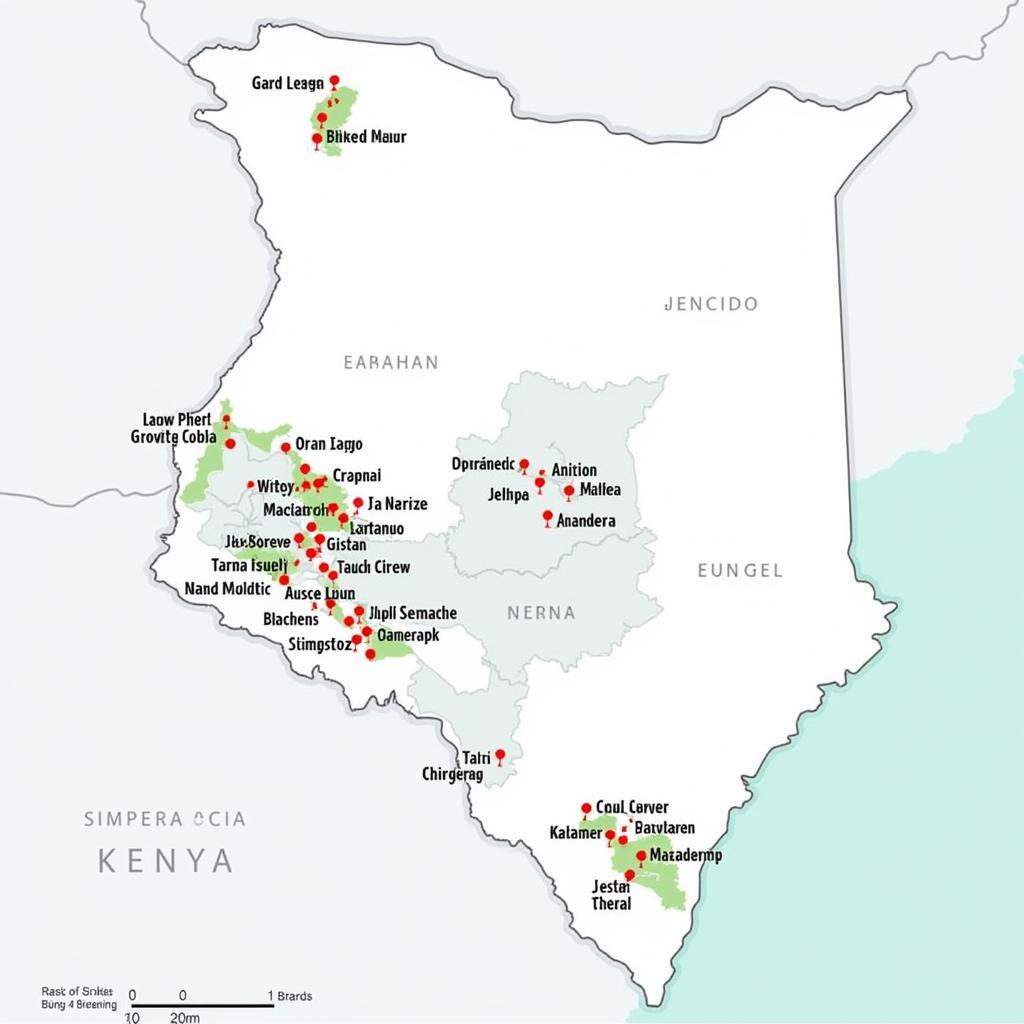African Dwarf Frog Facts: Tiny Amphibians With Big Personalities
The African dwarf frog, also known as the Zaire dwarf frog, is an entirely aquatic frog native to the rainforests of Central Africa. These tiny amphibians are becoming increasingly popular in the pet trade due to their small size, peaceful nature, and fascinating behaviors. If you’re thinking about adding one of these unique creatures to your home, understanding some key African Dwarf Frog Facts can help you provide the best possible care.
What Do African Dwarf Frogs Look Like?
African dwarf frogs are one of the smallest frog species in the world, typically reaching a maximum size of only 1.5 inches. Their small, flat bodies are covered in smooth, mottled skin that ranges in color from olive green to brown, providing them with excellent camouflage in their natural habitat. They have four legs, with the back legs being significantly stronger than the front legs, which helps propel them through the water. Unlike many frog species, they have fully webbed hind feet, an adaptation crucial for their aquatic lifestyle. They lack a visible tympanum, or eardrum, and their eyes are positioned on the top of their head, allowing them to observe their surroundings while remaining submerged.
Where Do African Dwarf Frogs Live?
In the wild, African dwarf frogs inhabit the slow-moving, warm waters of the Congo Basin in Central Africa. These frogs are particularly abundant in the countries of Cameroon, the Democratic Republic of Congo, and the Republic of Congo. Their preferred habitats include densely vegetated ponds, streams, and swamps where they can find ample food sources and shelter from predators.
What Do African Dwarf Frogs Eat?
African dwarf frogs are carnivorous and primarily feed on small invertebrates in their natural environment. Their diet consists of mosquito larvae, insect eggs, small crustaceans, and worms. In captivity, they can be fed a variety of commercially available foods, including frozen bloodworms, brine shrimp, daphnia, and specially formulated pellets designed for aquatic frogs.
The Social Life of African Dwarf Frogs
These fascinating creatures are social animals and typically live in groups of five or more in their natural habitat. They communicate with each other through a series of clicks, chirps, and whistles, which are often too high-pitched for humans to hear. While they are not known for their complex social structures, they do exhibit playful behavior, often chasing each other through the water and engaging in friendly wrestling matches.
African Dwarf Frog Lifespan: How Long Do They Live?
The average lifespan of an African dwarf frog in captivity is about 5-6 years, but with proper care, they can live up to 10 years. Factors that can influence their lifespan include diet, water quality, tank size, and overall husbandry. Providing them with a clean, spacious environment, a balanced diet, and regular veterinary care can significantly contribute to their longevity.
Are African Dwarf Frogs Good Pets?
African dwarf frogs can make excellent pets for both beginner and experienced aquarium enthusiasts. Their small size makes them suitable for smaller tanks, and their peaceful nature makes them ideal for community aquariums with other peaceful, similarly-sized species. However, it’s important to choose tank mates carefully, as larger or more aggressive fish may view them as prey.
African Dwarf Frog Care: A Quick Guide
Providing proper care is crucial for the health and well-being of African dwarf frogs. Here are some key factors to consider:
- Tank Size: A 5-gallon tank is suitable for a small group of 2-3 African dwarf frogs.
- Water Quality: They thrive in warm, slightly acidic water with a pH of 6.5-7.5. Regular water changes are essential to maintain water quality.
- Filtration: A gentle filter is necessary to keep the water clean without creating strong currents.
- Lighting: They do not require special lighting, but a regular day/night cycle is beneficial.
- Substrate: Soft, smooth substrate like sand or fine gravel is ideal to prevent injuries.
- Plants and Hiding Places: Provide plenty of plants, caves, and other hiding spots to mimic their natural environment and reduce stress.
 African Dwarf Frog Aquarium Setup
African Dwarf Frog Aquarium Setup
Fun Facts About African Dwarf Frogs
- Despite being entirely aquatic, African dwarf frogs still need to surface for air.
- They have a unique way of eating: they use their front legs to shove food into their mouths.
- Male African dwarf frogs develop small white bumps on their “armpits” during the breeding season.
- While they are typically silent, males may emit a soft humming sound during courtship.
- Unlike many frog species, African dwarf frogs do not undergo a tadpole stage; their eggs hatch directly into miniature versions of the adults.
Conclusion
African dwarf frogs are captivating creatures that offer a rewarding experience for aquarium hobbyists of all levels. By understanding their natural habitat, dietary needs, and care requirements, you can create a thriving environment for these fascinating amphibians to flourish. Their playful antics, unique adaptations, and relative ease of care make them a delightful addition to any home aquarium.
Frequently Asked Questions About African Dwarf Frogs
1. Are African dwarf frogs social and can they live with other fish?
Yes, African dwarf frogs are social animals and thrive in groups. While they can coexist with other peaceful, similarly-sized fish, caution should be taken as larger fish might see them as food.
2. What is the ideal water temperature for African dwarf frogs?
The ideal water temperature for African dwarf frogs ranges from 72-82°F (22-28°C).
3. How often should I feed my African dwarf frogs?
Adult African dwarf frogs should be fed once every other day, while younger frogs may require daily feedings.
4. How can I tell if my African dwarf frog is male or female?
Males generally have smaller bodies and develop small white bumps, known as nuptial pads, on their inner forearms during breeding season.
5. Can I handle my African dwarf frog?
While it’s best to minimize handling, if necessary, wet your hands before gently scooping them up. Avoid holding them out of water for extended periods.
For more information on other fascinating creatures from the African rainforest, check out these articles:
Need help with your African Dwarf Frog? Contact us!
Phone Number: +255768904061
Email: kaka.mag@gmail.com
Address: Mbarali DC Mawindi, Kangaga, Tanzania.
We have a 24/7 customer service team to assist you.


